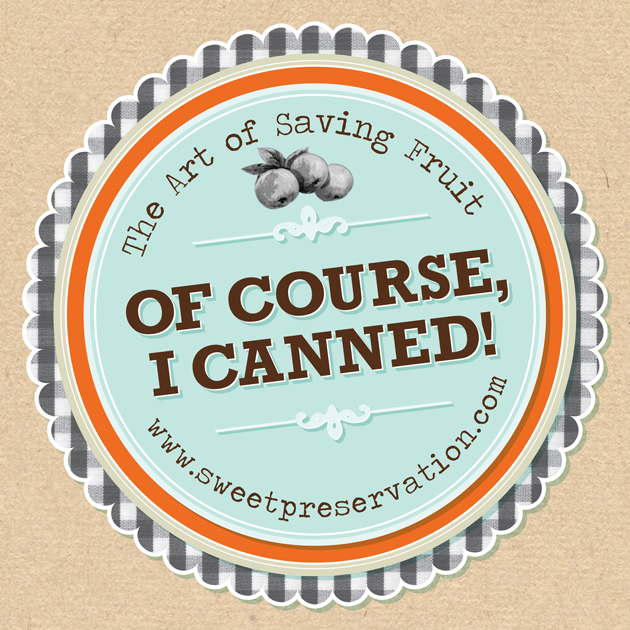Any kind of lemon* can be preserved, but I prefer to use the smooth-skinned and slightly sweet Meyer lemons. Sometimes they are preserved whole, other times in halves. Me? I like to preserve wedges.
Once preserved these fabulous lemon peels can be used many different ways, and in several different cuisines. Moroccan tagines may be the most common place where chopped preserved lemon peels are found, but their unique flavor can also found in Asian dishes and the briny acidity works wonderfully with otherwise rich seafood, and creamy pasta and arborio rice dishes.You can use preserved lemons in any dishes where you would normally use lemons, although you might want to stick to savory dishes because of the salt.
To use the preserved lemon wedges in recipes, separate the pulp from the peel by scraping, which is quite easy to do once they are soft from fermenting for a month or more. The soft pulp can be used in recipes or discarded but it's the intense flavor of the peel that most cooks are after. Some people choose to rinse the preserved lemon peel before chopping / using, while others skip rinsing and adjust the salt in their recipe instead.
After using up your preserved lemon wedges don't throw out the leftover brine! It provides a boost of lemony goodness when mixed into salad dressings, drizzled over cooked fish or added to a Bloody Mary.
*No matter what kind of lemons you buy, please look for organic lemons. Otherwise the peel may contain pesticides or waxes. Not as much of an issue when juicing lemons but potentially a problem when you're eating it.
Makes one pint-size jar
- 6 lemons (preferably Meyer), 3 cut into wedges, 3 left whole
- 1 bay leaf
- 1/4 cup good quality sea salt
- 1/2 teaspoon black peppercorns
- 1/4 teaspoon coriander seeds (optional)
1.) Cut 3 lemons into wedges, then use the tip of the knife to pick out the seeds.
2.) Lay a spotlessly clean jar on it's side. Place wedges into the jar -- length-wise -- in one layer. If it's a tall jar, you will end up with 2 or 3 layers. If it's a squat* jar, you might only have one layer plus room for a few on their sides on the top. Note: When the jar is about half full, slide the bay leaf vertically down the inside of the jar. If the jar is too full, the leaf might not fit, and if it's not full enough, the leaf won't stay in place.
3.) If you are going to have room for 3 layers, sprinkle 1/3 of the salt, 1/3 of the black peppercorns and 1/3 of the coriander seeds (if using) on top of the wedges and then repeat the process until the jar is full. You are aiming for an even distribution of salt and spices.
4.) At this point, the jar should be packed full, and you can then slice the remaining lemons in half one at a time, juicing them into the jar, until the wedges are covered with juice. You might only need 2 of the lemons, depending on how juicy your lemons are. (To maximize juice output, microwave the lemons for 10 seconds (or boil for 2 minutes) then roll the lemon around on the counter, while pressing down firmly, for several seconds before slicing in half to juice.)
4.) If there are any air bubbles, use a chopstick or thin-bladed knife to release air bubbles.
5.) Let the lemons ripen on the counter for week, where you will remember to shake the jar each day to distribute the salt and juice. Then stick the jar in the fridge and let it ripen for another 3-4 weeks before using.
Preserved lemons will keep up to a year.
Meyer Lemon blog post with step-by-step photos
 Saturday, November 20, 2010 at 9:03PM
Saturday, November 20, 2010 at 9:03PM  Brook Hurst Stephens | Comments Off |
Brook Hurst Stephens | Comments Off |  Ginger syrup,
Ginger syrup,  ginger
ginger 







